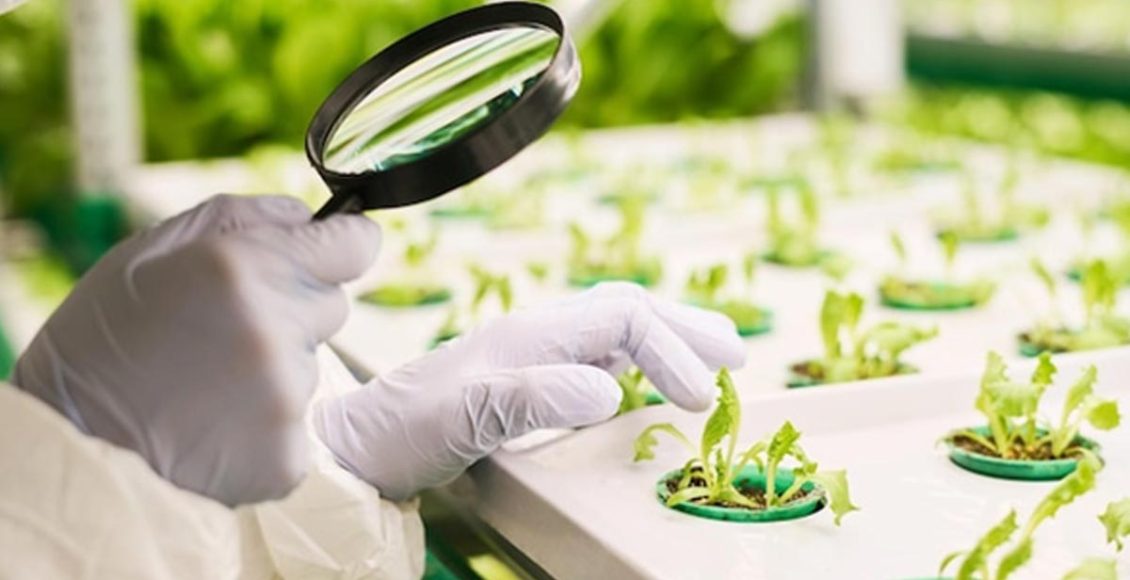
The Economic Impact of the Indian Seed Industry: Trends and Insights
The transformation of the seed industry in India has been remarkably supported by advancements and innovations driving the growth and profitability of companies, particularly after the economic liberalization that took place in the early 1990s. India’s seed industry is an essential contributor to its vibrant and diverse economy, influenced by a range of intricate economic factors such as government policies and global market trends. The Indian seed industry drives agricultural production linked to several allied industries in food, feed, textiles, etc. Currently, the Indian seed industry is worth US 6.3 billion (2022) and is expected to grow at a CAGR of 12.43% during 2023-2028.
Directly or indirectly, the population growth has also triggered the growth of the seed industry in the country; the country’s current population is 1.43 bn[1]. The surge in population increased the demand for food. In contrast, the changing dietary preferences due to urbanization and the presence of significant foreigners working in India have led to a need for diverse crops. The seed industry responded by developing new hybrids for various crops that are high-yielding and more resistant to pests and diseases. The increasing hybridization of most of the crops has also helped farmers earn more profit from the same patch of land. It was reflected in the CAGR (~12%) of the Indian seed industry in the last five years.
The role of the Indian seed industry as a source of employment cannot be overstated. Though precise statistics are unavailable, it is evident that this sector offers substantial job opportunities. The industry’s workforce is composed of experts from a diverse range of backgrounds, including agricultural scientists, plant breeders, technicians, and marketing personnel. The industry is also responsible for job creation in allied industries, such as sugar, textile, feed, etc.
Advancements in technology and its rapid adoption by the seed industry, especially in the private sector, have emerged as catalysts for the industry’s economic ascension. The use of contemporary tools to support conventional breeding (double haploids, mutations, marker-assisted selection, genomic selection, etc.) and exploring options to use gene editing have increased the pace of the development of disease and pest-resistant and climate-resilient crop varieties, leading to higher yields. Nearly 80% of the top 25 Indian seed companies use these technologies to develop and deliver new products for the farmers of the country. It has been observed that more companies are moving towards the adoption of these technologies either on their own or as outsourcing. The seed companies have also helped increase crop productivity to meet the demands of rising population, climate change, stress, etc.
The technological adeptness of the seed industry has not only helped meet domestic demands but also enhanced India’s competitiveness in the global market. Indian companies with an R&D focus have a significant global presence, particularly in Africa and Asia, boosting their growth and profits. Currently, India’s seed export is less than INR 1,000 cr per annum[2], 9.5% of global seed trade value (USD 14 bn). However, with the growing technological prowess of Indian seed companies, the country has the potential to capture more share of the global seed trade.
The seed industry has experienced significant growth in recent years, but this growth has also brought with it various challenges. One of the primary challenges faced by the industry is the need to keep up with the rapid pace of technological advancements. It can be expensive and time-consuming. Moreover, regulations governing the use of these technologies can be confusing and contradictory, and they can vary from one country or region to another, posing a significant hurdle for companies operating across multiple jurisdictions.
Another challenge faced by the seed industry is the increasing voice of social activists who are often skeptical of scientific advancements. The seed industry needs to find ways to communicate the benefits of their work to the broader public and engage with key stakeholders to build trust and support for their novel products developed using contemporary technologies like genetic modification and gene editing. While these challenges are significant, the seed industry has a long history of innovation and collaboration, which provides hope for overcoming them in the future. Some other challenges revolve around quality control, ethical considerations, and stringent regulations that pose hurdles that necessitate strategic interventions.
The collaborative efforts between public and private sectors, research institutions, and regulatory bodies are critical in navigating these challenges. A comprehensive approach needs to be adopted by the industry that is an amalgamation of innovation, ethical practices, and sustainable policies that increase the speed of new products to market for increased profits year-on-year. Further, the collaborative approach helps the industry not only to optimize its resource usage but also to increase its Returns on Investments (RoI).
[1] https://www.worldometers.info/world-population/
[2] Seeding growth. Private sector’s share in India’s seed industry expands to 65 percent.
Author

Connect with Authors at: E-mail agribusiness@sathguru.com
 Grow Beyond
Grow Beyond 

